Subway tiles are available on the market now in a variety of tile sizes. The most traditional and well-liked size for subway tiles is 3×6 inches, but for kitchen backsplash, 3×12 is suitable.
It’s just right—not too big, not too small. It provides a classic charm that improves the kitchen’s overall appearance.
Other than this standard size, the most popular subway tile sizes are 2×4, 2×8, 3×12, 4×8, 4×12, and 6×12. You can experiment with patterns and textures thanks to these various sizes.
Prior to installing a backsplash, you must first prepare the walls for the project. The wall was cleaned with an all-purpose cleaner after the rough edges were sanded and the holes were patched. Use painter’s tape to mark the backsplash’s perimeter.
You can now begin installing the tiles. Using a V-notch trowel, apply the mortar in small portions. Whether your tiles are in individual pieces or a mesh, it’s crucial to apply the mortar in small areas.
It will dry to the last piece if you apply it to all the surfaces. After that, adhere the tile to the mortar.
Repeat these processes until the entire backsplash area is covered. Use the appropriate cutting tool for the material you use if you need to cut tiles. Place the spacers into each tile side and allow them to dry overnight. Remove the spacers and use a cloth and cleanser to clean the tiles.
Use a float to sweep the grout over the tiles at a 45-degree angle, making sure to fill up all the gaps.
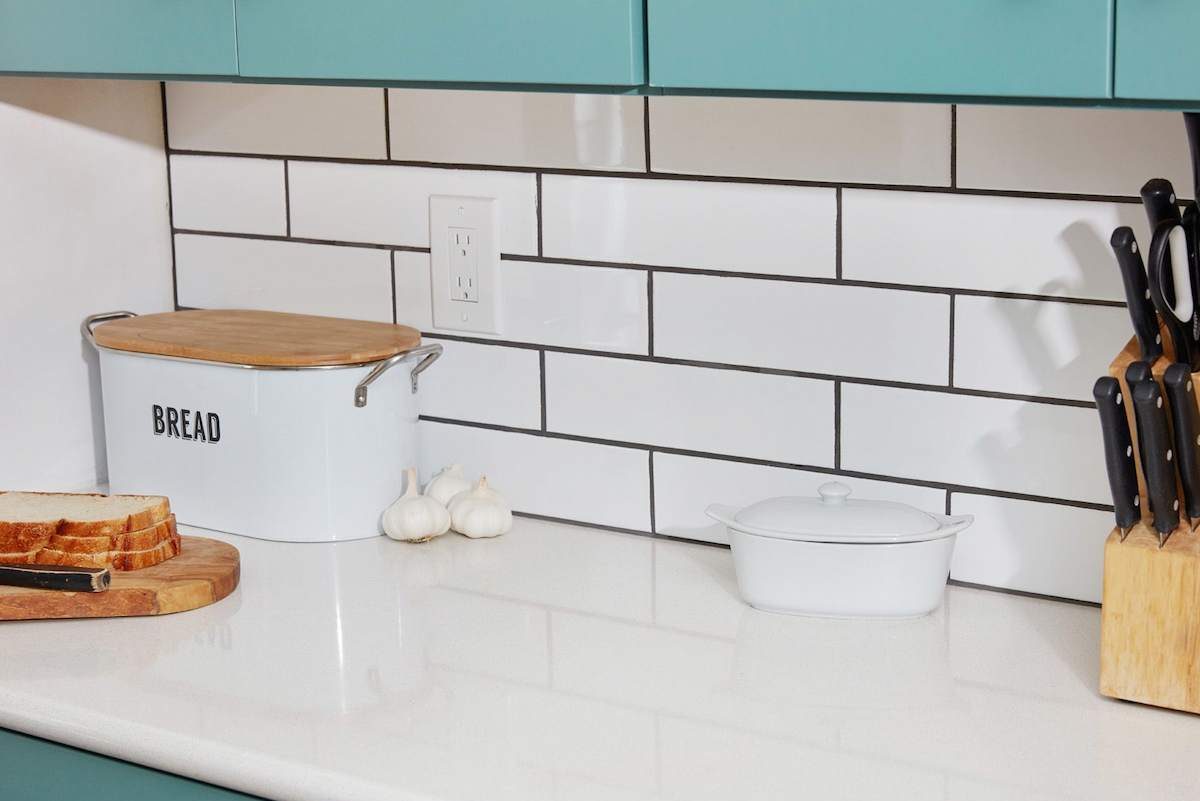
Wipe the tiles with a moist sponge after waiting for the grout to dry for about an hour. Caulk is the last touch. Where the tiles touch the countertop, caulk is required.
Make careful to tape off the area that you don’t want to caulk, then take the tapes off before the caulk has had time to dry fully.
The standard subway tile size is 3×6 inches by 6 inches. However, there are many different size possibilities for subway tiles on the market right now.
The most common subway tile sizes among homeowners and interior designers are 4×12, 3×16, 3×8, 6×12, and 3×9.
The backsplash made of subway tiles can be finished in a variety of ways. You can caulk the tile edges if you’re seeking an inexpensive and simple option. However, some materials, such as porcelains and tumbled stone tiles, may be suited for this procedure.
You can finish the margins of your tiles with a little layer of caulk if they appear done. You might take a look at the other possibilities, though, if the edges appear rough.
Metal edges are the additional finishing material. It is simple to locate in your neighborhood home improvement store. Due to their contemporary appearance, metal edges have emerged as one of the most preferred finishing materials.
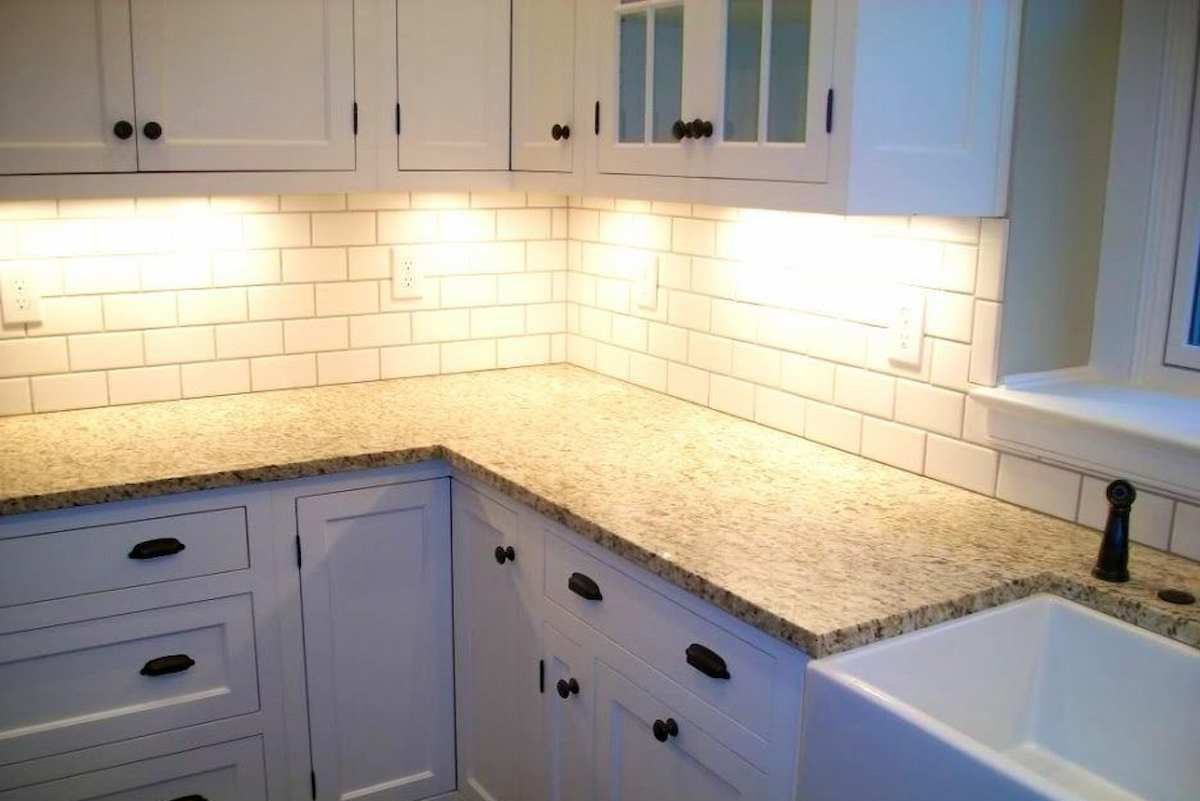
On the other side, you can make rail moldings or bullnose tiles if you don’t want to use materials other than your tiles. Bullnose tiles give the edges a smooth appearance, whereas rail moldings provide a thin and tidy framing for the tiles.
There is no single place to begin the layout, and there is also no right or incorrect method to do it. It would be best if you thought about where the windows and electrical outlets are located, as well as the backsplash’s height.
It also depends on how your subway tiles are laid out. You can begin at the counter, place the first raw ingredient, and proceed up. You can choose the window as the center if you have a big window and a straight wall.
By doing so, you can make the window’s two sides appear symmetrical. You can also start from the boundaries if you are working with a corner.
The most common grout color for white subway backsplash tiles is white. It produces a modern backsplash for kitchens and completes the crisp appearance of the white tiles. Black and gray subway tiles are also suitable alternatives to white ones.
Darker grout colors are ideal for highlighting the pattern displayed by subway tiles and for establishing a recognizable center of attention.
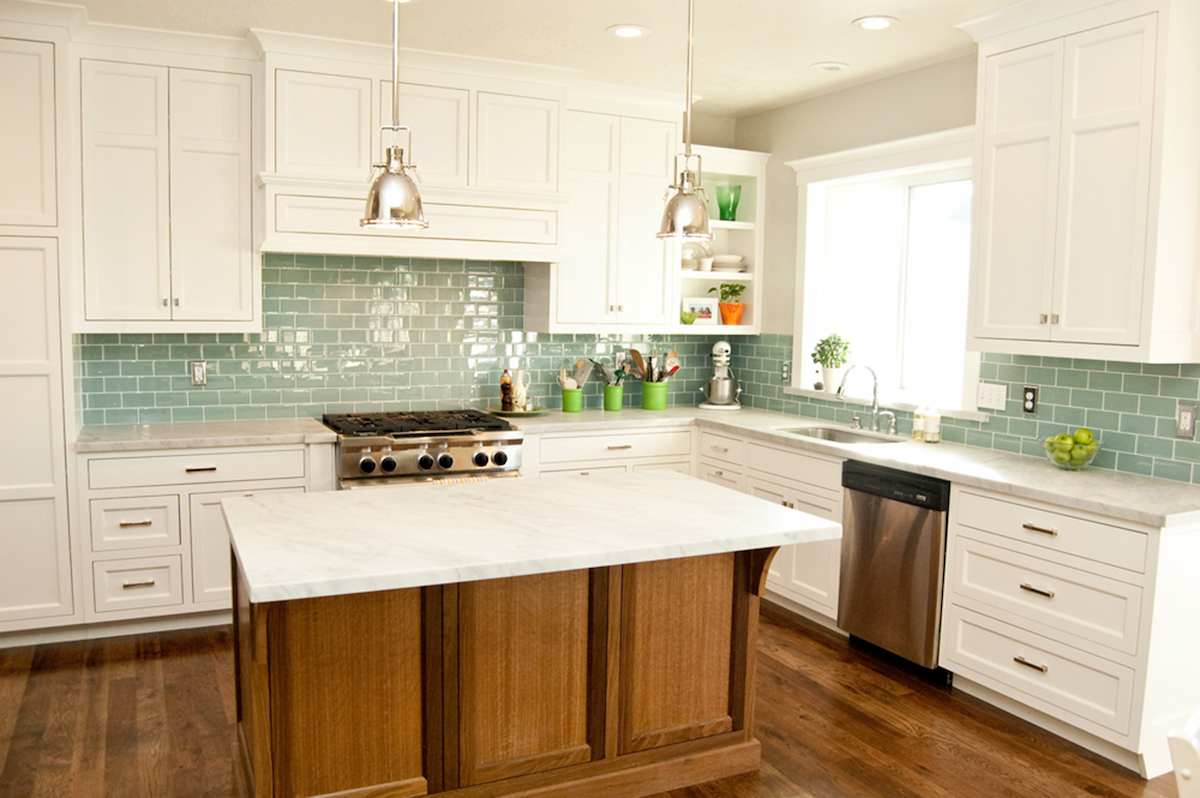
How is a subway tile backsplash measured?
To calculate the backsplash’s measurement in the subway tile pattern, you’ll need a tape measure, pencil, notebook, and calculator. It would be preferable if you first determined the total square inches of the backsplash. It is simple to measure a single long, rectangular backsplash area.
With a tape measure, measure the width and height to determine the required square feet, which you may then divide by 144. However, if other objects like windows or cabinets break the rectangular shape of the backsplash, you must divide it into several sections and mark each one.
You may now split the 144 by the width and height of each section. Make sure to finish each component before assembling them.
How to clean a backsplash made of subway tiles?
The backsplash made of subway tiles is actually extremely simple to clean, and if you do it frequently, it will keep its sparkling appearance.
The simplest cleaning solution for subway backsplashes is a sponge, dish soap, and warm water. Grab a sponge, fill it with warm water and soap, then use circular motions to clean all surfaces.
Next, clean the backsplash with a dishcloth or microfiber towel. These procedures can be used for regular cleaning. Additionally, every material, including glass and marble, can be cleaned using these techniques.
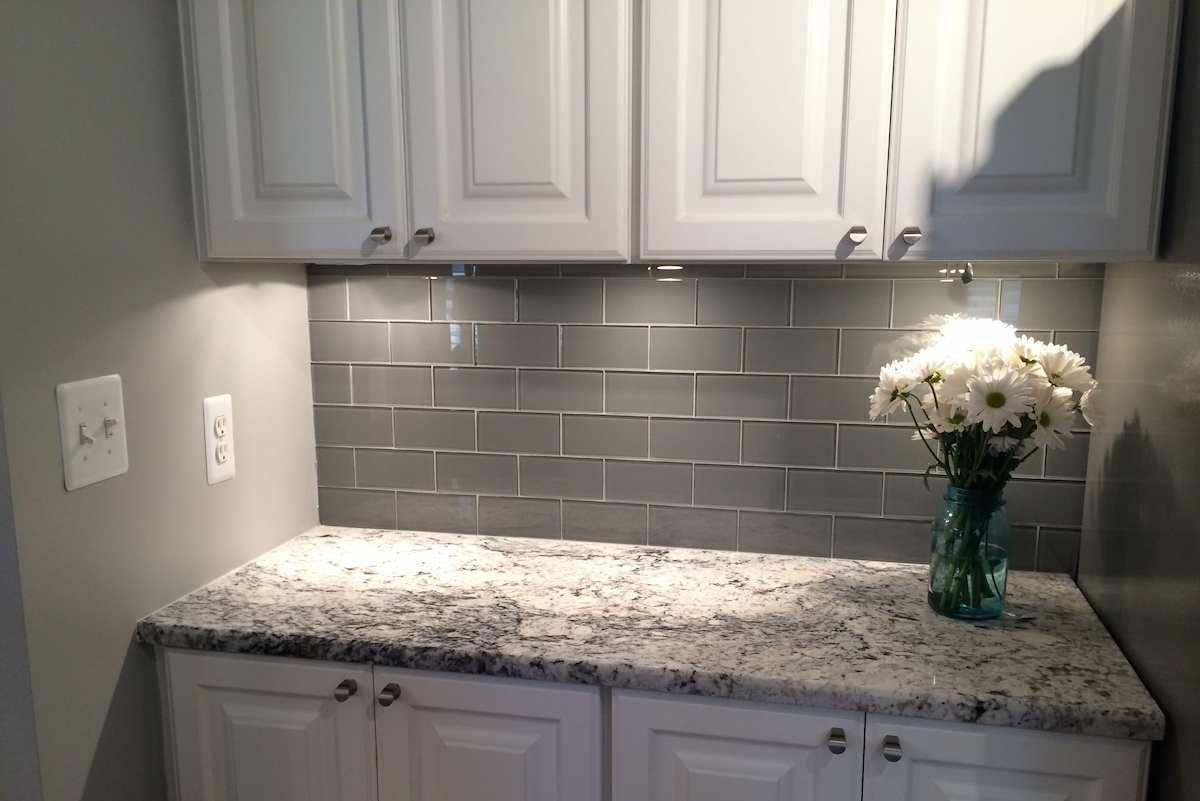
Nevertheless, a porous material, like marble, needs to be sealed. Otherwise, it will absorb the liquids, which could result in permanent stains.
How do you cut backsplash subway tiles?
The backsplash tile’s substance will determine how the subway tiles are cut. You can use a straightforward tile cutter, which you can purchase from your neighborhood home improvement store if you have ceramic tiles.
Place the tile into the cutter, mark the tile where it needs to be cut using a marker, and then run the carbide wheel across the tile to create the mark. Your tiles will be cut cleanly in this manner, but if the edges are jagged, you can smooth them out using a rubbing stone.
If you’re utilizing marble or glass subway tiles, get a wet saw with the appropriate blade for the material. Mark the marble or glass tiles and slowly slide them through the blade, much like you would with ceramic tiles. A wet saw is also very useful for quickly and easily cutting whole sheets.
Are subway tiles no longer in vogue?
Subway tiles are an example of straightforward sophistication because of their simple lines. Kitchens have a timeless appearance because of the subway tiles’ simple, timeless charm.
Additionally, these tiles may be used in a variety of designs and work well with a variety of styles and colors.
Subway tiles are one of the most common home décor items today, and their opulent appearance ensured the trend’s endurance.
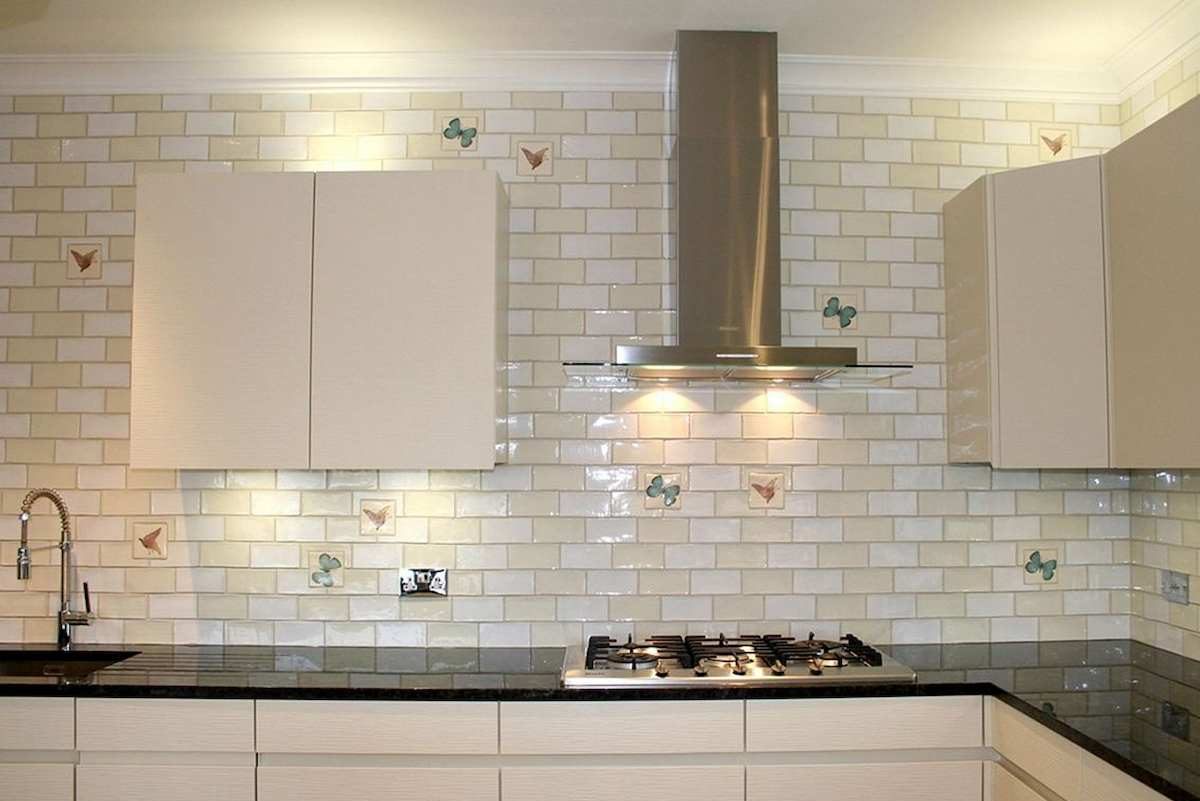











Your comment submitted.